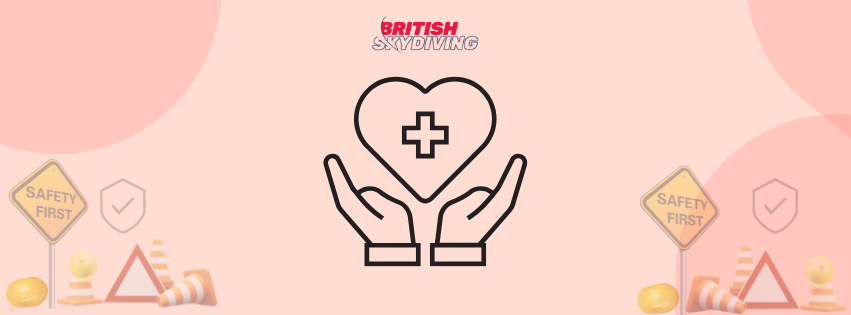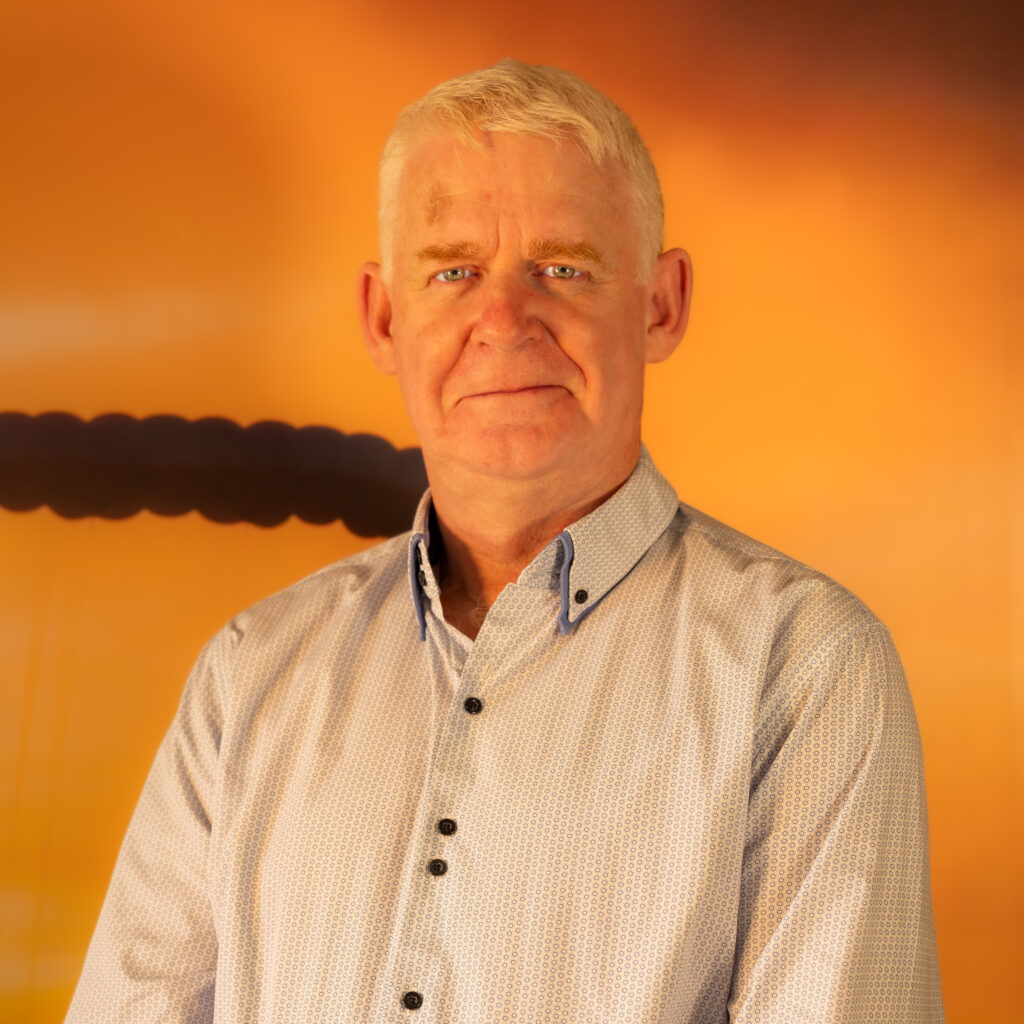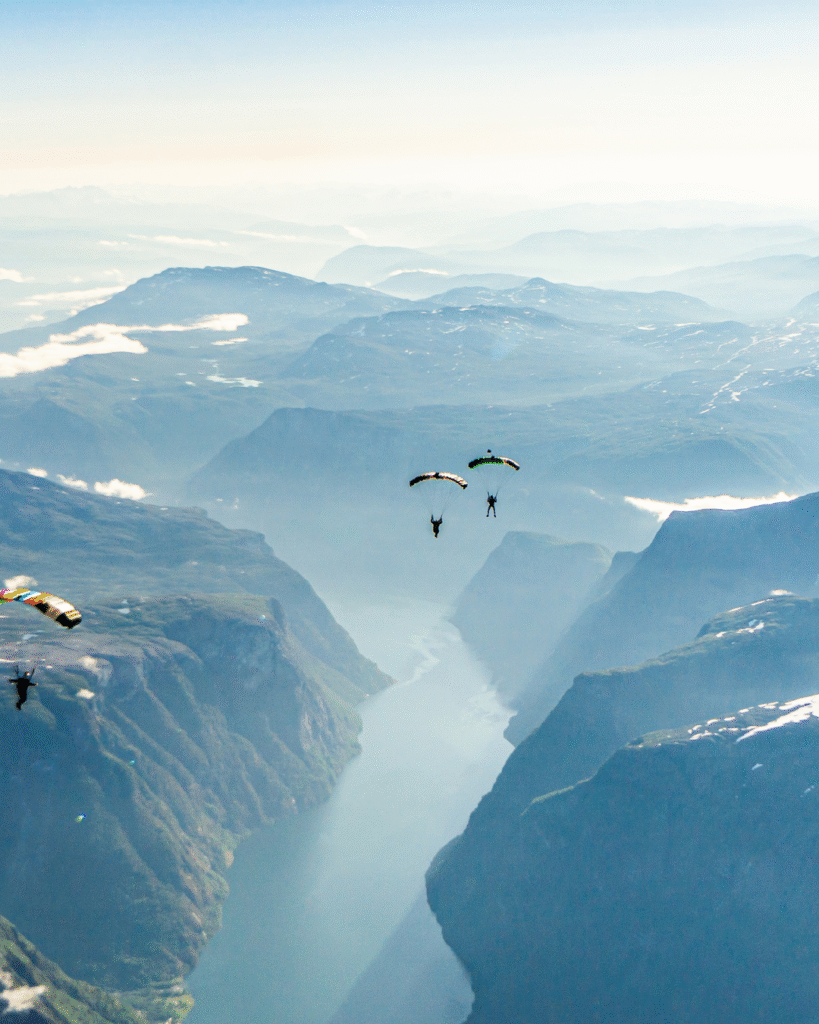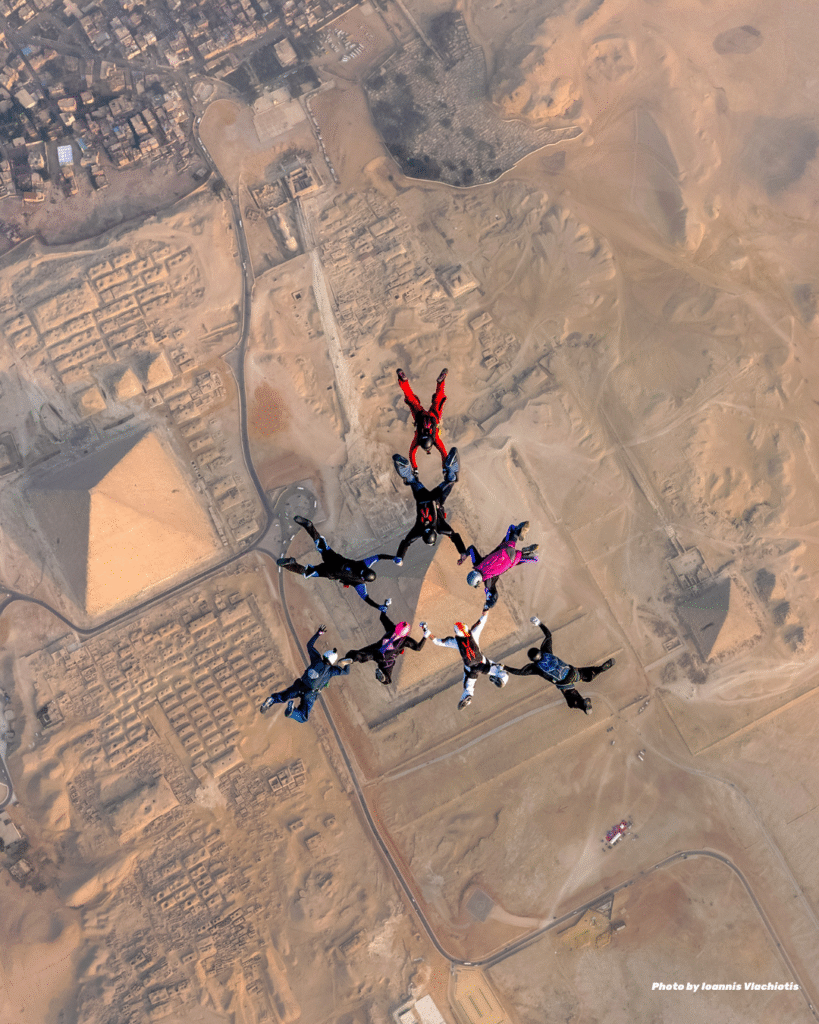
National Safeguarding Week Special: Paul Smith on Skydiving Safety
Safeguarding in Skydiving:
A 30-Year Perspective with Paul Smith

As we mark National Safeguarding Week (19th – 25th May 2025), we take a deep dive into one of the most crucial aspects of our sport—safeguarding. While skydiving is often associated with adrenaline and adventure, behind the scenes, the safety and well-being of participants, instructors, and staff are paramount.
At British Skydiving, safeguarding is led by Paul Smith, the Head of Safeguarding & Compliance, who brings a unique perspective to the role. With 30 years of experience across multiple sports—including Boxing, Hockey, and now Skydiving—Paul understands the challenges and nuances of protecting athletes in different environments. Having joined British Skydiving just 12 months ago, he has been instrumental in adapting best practices from traditional sports into the world of aerial adventure.
In this exclusive Q&A, Paul shares insights from his career, explores the evolving landscape of safeguarding, and discusses the unique considerations of keeping participants safe in extreme sports
Interview:
With 40 years of experience in Safeguarding and Compliance across multiple sports, how have you seen the field evolve, and what key insights from boxing and hockey have you applied to skydiving?
“Safeguarding has changed dramatically over the years. When I first started in sport, safeguarding wasn’t even a consideration. We have come a long way from where we were back then to a culture of ensuring that everyone can participate in an environment that is free from harm. As for what have I brought to skydiving, well the obvious one is DBS checks for instructors and coaches. Those who work with U18s and adults at risk must have a DBS check in place. Introducing 1st Advantage as our DBS provider is the biggest change I’ve made to date”.
Every sport has its own unique safeguarding challenges. What makes skydiving different from the sports you’ve previously worked in?
“The obvious one is the age groups. Both hockey and boxing have thousands of children as members, with skydiving that isn’t the case, but we still work with 16 & 17 year-olds, so safeguarding still applies. As we move towards being a more diverse and inclusive sport, safeguarding of adults at risk or those with a disability becomes more of a requirement, so that is an area I am currently looking into”.
What are some of the biggest misconceptions about safeguarding in extreme sports like skydiving?
“When I first started there was the belief that safeguarding didn’t apply to our sport as there aren’t any children jumping”, well there are skydivers under the age of 18 so that’s just wrong, secondly safeguarding applies to everyone, not just children. Safeguarding is vital to ensuring that all our members can participate in a safe environment and culture. The second misconception is that skydiving, being an adventure, adrenalin fuelled sport is full of people who just “tough it out” if an issue arises, as such I suspect that many issues go unreported. That machismo culture needs to change. We need to ensure that all incidents are reported, dealt with appropriately and lessons learned, seeing something and saying nothing is not an option”.
What advice would you give to skydiving centres and instructors to help them create a culture of safeguarding?
“Always have safeguarding at the forefront of your mind. If you’re planning a change at your Drop zone, will that effect safeguarding? If you’re planning an event, do you have someone members can talk too if they have an issue? By adopting this mindset, you will ensure that everyone is safe and that if an incident does arise, you can deal with appropriately”.


Mental well-being plays a growing role in safeguarding. How do you think the industry can better support the mental health of skydivers and instructors?
“I have found the skydiving community to be incredibly supportive of one another, everyone knows everyone else. In some ways that’s great as it provides friendships and support networks, but sometimes it is counterproductive as someone with a mental health issue may be less inclined to speak to someone who may be close to them, especially in a competitive environment. Again, it’s about checking in with one another, having the courage to say, “I’m not OK” and then having someone able to listen and provide support where you can. If needs be, members can always contact me for a chat, or in more serious cases I can signpost them to some fantastic organisations who can help in this area”.
Looking back on your career across different sports, what has been your proudest achievement in safeguarding, and what impact do you hope to leave at British Skydiving?
“Before I came to skydiving, I dealt with a Position of Trust issue. A mature male coach was seen to be developing an interest in several young girls at his club. A member reported his suspicions (as he should) and I investigated the case along with the Local Authority and Police. The Police did not take the case to court, but I ensured that the case went before a Safeguarding Review Panel and based on the evidence I had collated, the panel found the coach guilty of breaching his position of trust and he was banned from coaching. If I had not carried out the investigation, he would still be posing a threat to young girls in the sport”.
How do you see safeguarding evolving in the next 10 years, especially with advances in technology and training?
“As the father of a very tech savvy teenage son, I see safeguarding having to develop to include the online world to a greater extent. The Netflix show Adolescence has ignited a debate about how young people are interacting online and I think that there will be a requirement for safeguarding to become a big part of online provision. In the sporting world, the rapid growth of e-sports is something to consider too as platforms that deliver the provision provide for anonymous interaction via chat rooms etc. On the other side of the coin, training safeguarding officers has become a lot easier, from the days of having to sit through a 3-day course in person to now having modular training delivered virtually. There are risks in the online space, but opportunities too”.